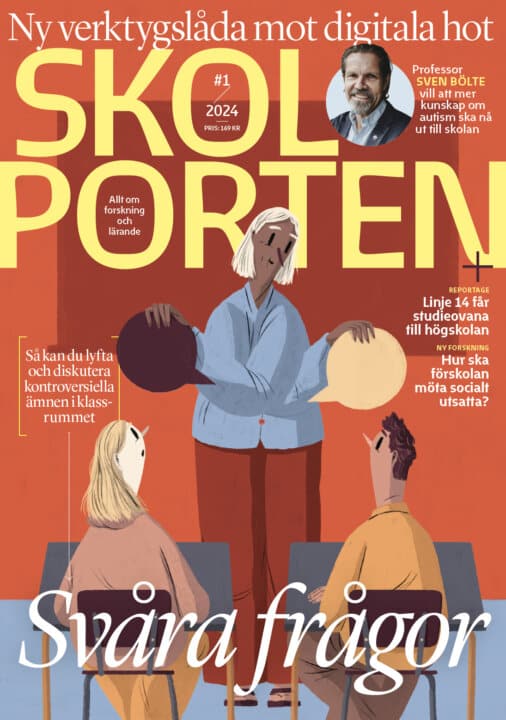Fritidshem eller servicehem? En etnografisk studie av fritidshem i tre socioekonomiskt skilda områden
Boendesegregation får konsekvenser för fritidshemmets verksamhet genom att barngrupperna i fritidshemmen blir alltmer homogena vad gäller barnens sociala bakgrund, visar Catarina Andishmand i sin avhandling.
Catarina Andishmand
Johannes Lunneblad, Göteborgs universitet Björn Haglund, Göteborgs universitet
Docent Helena Korp, Högskolan Väst
Göteborgs universitet
2017-10-13
Fritidshem eller servicehem? En etnografisk studie av fritidshem i tre socioekonomiskt skilda områden
Institutionen för pedagogik, kommunikation och lärande
Abstract in English
In recent decades there has been decreased resources and larger groups of children in the leisure-time centres. Statistics show major differences between leisure-time centres in terms of staff education, group size, staffing levels and the number of children enrolled at each leisure-time centre. The overall aim of the thesis is to study social practices in leisure-time centres providing after-school care. Based on Anthony Giddens’ theory of structuration, an ethnographic study was conducted of everyday life at leisure-time centres in three socio-economically diverse areas. Fieldwork was conducted at each leisure-time centre over the course of one semester. The study shows how children and adults talk about their neighbourhoods and schools. It also shows the actors notions about the mission of the leisure-time centres, expressed through the actors’ talk and interactions, their day-to-day routines and everyday social encounters. In conclusion, the study shows that the geographic location, resources, staff skills, group sizes and children’s socio-economic backgrounds together play major roles in the social practices and activities organised at the leisure-time centres. The social changes and developments of recent decades are noticeable in all leisure-time centres. Housing segregation along with freedom of school choice all had consequences for the leisure-time centres. For children attending the same leisure-time centres, the groups become increasingly homogeneous in line with the children’s ethnic and socio-economic backgrounds. The results also show that leisure-time centres with large groups of children have reduced opportunities to provide a good learning environment. It becomes evident that the social practices in the leisure-time centres reproduce the contextual conditions, and risk reproducing structural differences in children’s lives.
Relaterade länkar

Fritidshem
 Åk F–6
Åk F–6 Matematikångest
 Åk 4–Vux
Åk 4–Vux 






